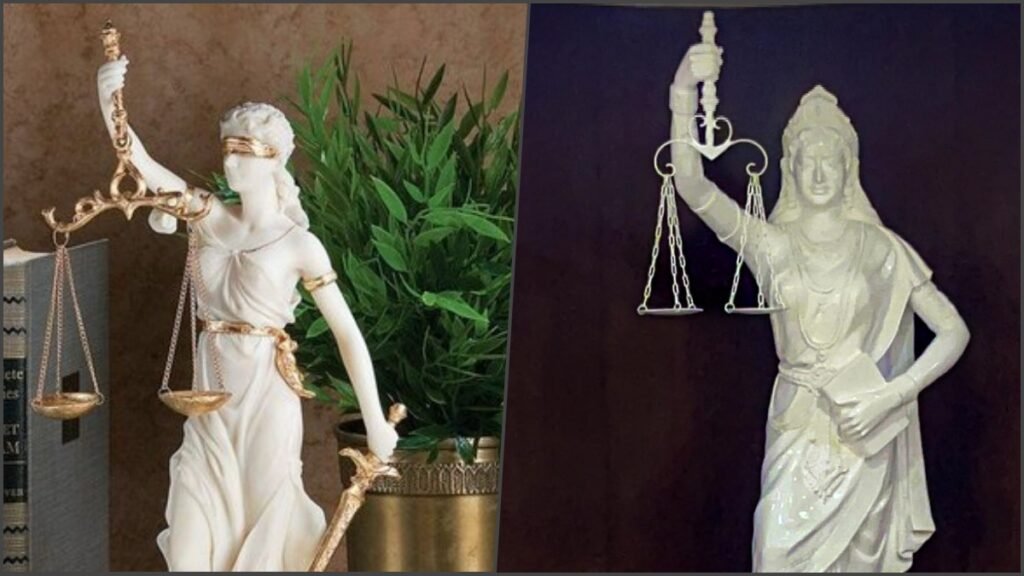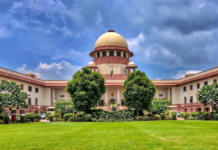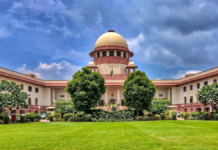
New Delhi: A rift has emerged between the Supreme Court Bar Association (SCBA) and the judiciary over recent changes to the court’s emblem and the statue of the ‘Goddess of Justice.’ In a sharp rebuke, the SCBA has voiced strong opposition to what it terms “radical changes,” highlighting a lack of consultation with the legal fraternity before implementing the modifications. The association views this as an affront to its role in the administration of justice.
The SCBA, representing the interests of the country’s top legal professionals, unanimously passed a resolution today, condemning the alterations made to the emblem and the statue without seeking their input. In a resolution signed by SCBA President Kapil Sibal and the executive committee, the bar expressed its frustration at being excluded from discussions about significant changes within the judiciary.
Controversial Changes to the ‘Goddess of Justice’ Statue
At the heart of the dispute is the newly installed six-foot-high statue of the ‘Goddess of Justice,’ now prominently placed in the judges’ library at the Supreme Court. The new depiction replaces the traditional scales with the Indian Constitution in one hand and maintains a sword in the other. Notably, the statue deviates from traditional depictions in several ways it is no longer blindfolded, dons a crown, and is dressed in white traditional attire.
The SCBA’s resolution criticized these changes, stating, “The Executive Committee of the Supreme Court Bar Association finds the changes to be unilateral and without any explanation. As equal stakeholders in the judicial process, we were neither consulted nor informed of the rationale behind these alterations.”
The statue’s historical representation of justice as blind has been a powerful symbol of impartiality, and the removal of the blindfold has sparked concerns about the message the new statue conveys. The SCBA emphasized the importance of such symbolism and the need for consensus when altering iconic representations within the judiciary.
Museum Plan Faces Opposition
Adding to the SCBA’s discontent is the proposed establishment of a museum in the high-security zone of the Supreme Court complex. The association had previously requested the creation of a cafe-lounge for bar members in that space but was met with the unilateral decision to house a museum instead. The SCBA reiterated its demand for a library and a social space, arguing that the judiciary’s decision-making has sidelined the bar’s interests.
In its formal resolution, the SCBA stated, “We unanimously oppose the proposed museum and renew our call for a library and cafe-lounge for the bar. These facilities are crucial for the functioning and well-being of legal professionals who are integral to the judicial system.”
Call for Dialogue and Inclusion
The SCBA has framed its objections not just as a matter of tradition but as an issue of respect and inclusion within the judiciary. By bypassing the bar, they argue, the court undermines the role of lawyers in justice administration. Kapil Sibal, speaking on behalf of the association, urged the judiciary to recognize the bar’s stake in such decisions and called for more open dialogue in the future.

The controversy highlights broader tensions over the balance of power within the judicial system, with the SCBA pushing back against what it sees as growing unilateralism by the courts. As the debate over symbolism and judicial inclusivity continues, many are watching to see whether the court will reconsider its position or engage in discussions with the bar association.












































